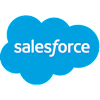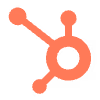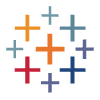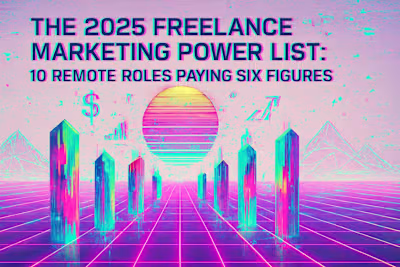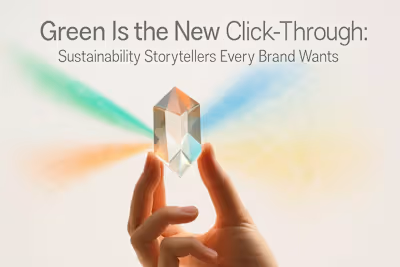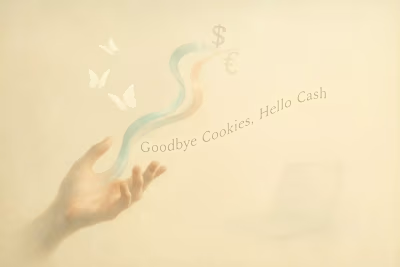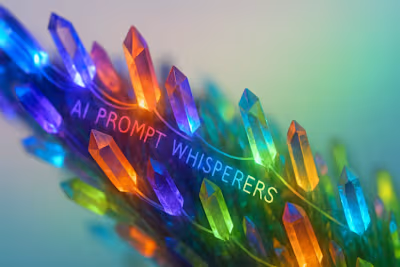Scoreboards & Sales: How Gamified Growth Gurus Are Leveling-Up User Engagement
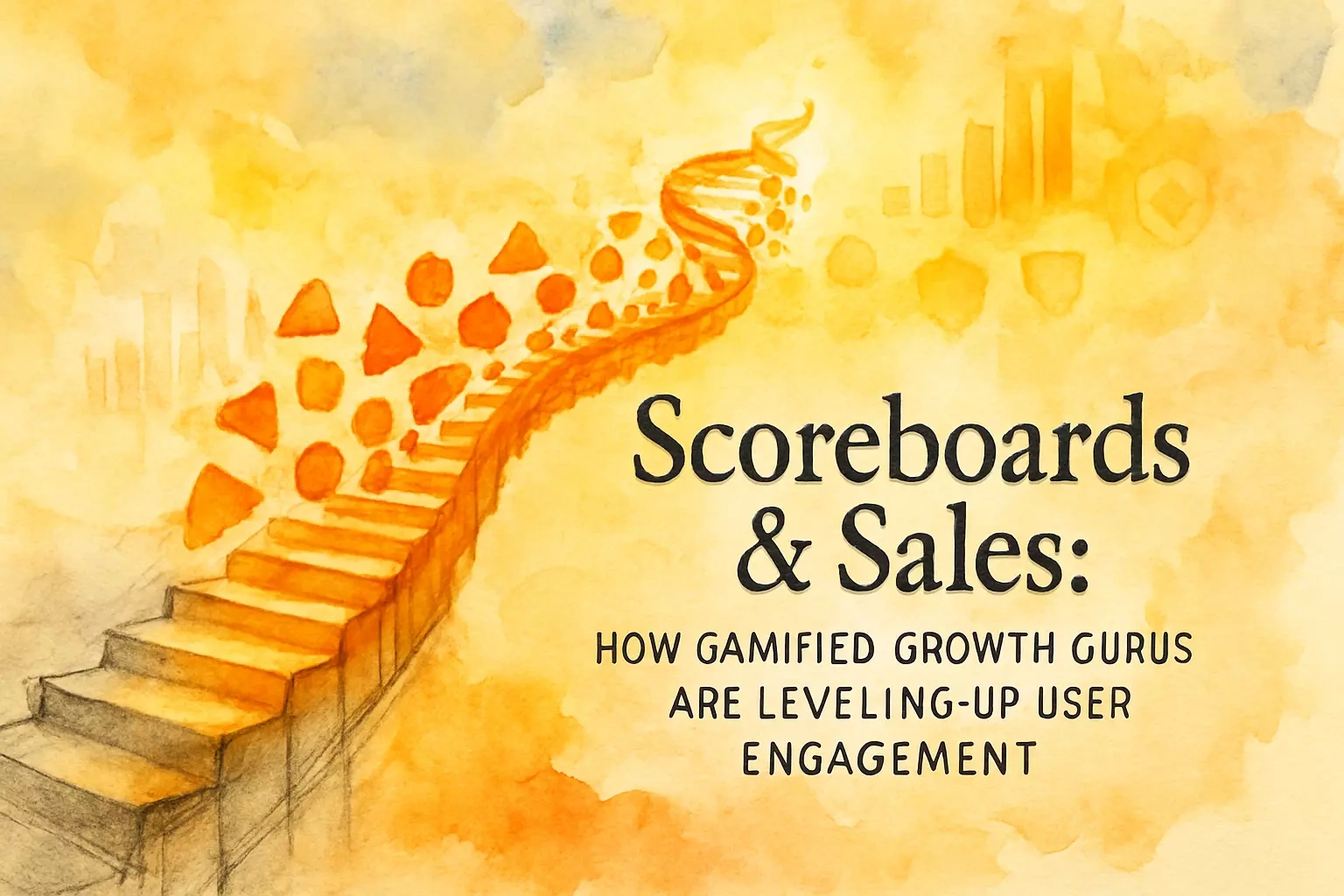
Scoreboards & Sales: How Gamified Growth Gurus Are Leveling-Up User Engagement
What is Gamification in Marketing?
The Psychology Behind the Fun: Why Gamification Works
Real-World Examples: From Coffee Cups to Language Apps
The Freelance Gamification Expert's Playbook
Defining Business Objectives and Target Behaviors
Designing the Core Loop: Motivation, Action, Reward
Choosing the Right Game Mechanics
Where to Apply Gamification for Maximum Impact
Customer Loyalty and Retention Programs
User Onboarding and Product Adoption
Short-Term Marketing Campaigns
Becoming a Gamified Growth Guru
Essential Skills: Psychology, UX, and Data Analysis
Building a Portfolio of Engaging Experiences
Conclusion
References
Scoreboards & Sales: How Gamified Growth Gurus Are Leveling-Up User Engagement
What is Gamification in Marketing?
The Psychology Behind the Fun: Why Gamification Works
Real-World Examples: From Coffee Cups to Language Apps
The Freelance Gamification Expert's Playbook
Defining Business Objectives and Target Behaviors
Designing the Core Loop: Motivation, Action, Reward
Choosing the Right Game Mechanics
Where to Apply Gamification for Maximum Impact
Customer Loyalty and Retention Programs
User Onboarding and Product Adoption
Short-Term Marketing Campaigns
Becoming a Gamified Growth Guru
Essential Skills: Psychology, UX, and Data Analysis
Building a Portfolio of Engaging Experiences
Conclusion
References
Posted Jun 17, 2025
Points, badges, and leaderboards aren't just for video games. Learn how freelance gamification experts are helping brands boost engagement, loyalty, and sales by making marketing fun.

